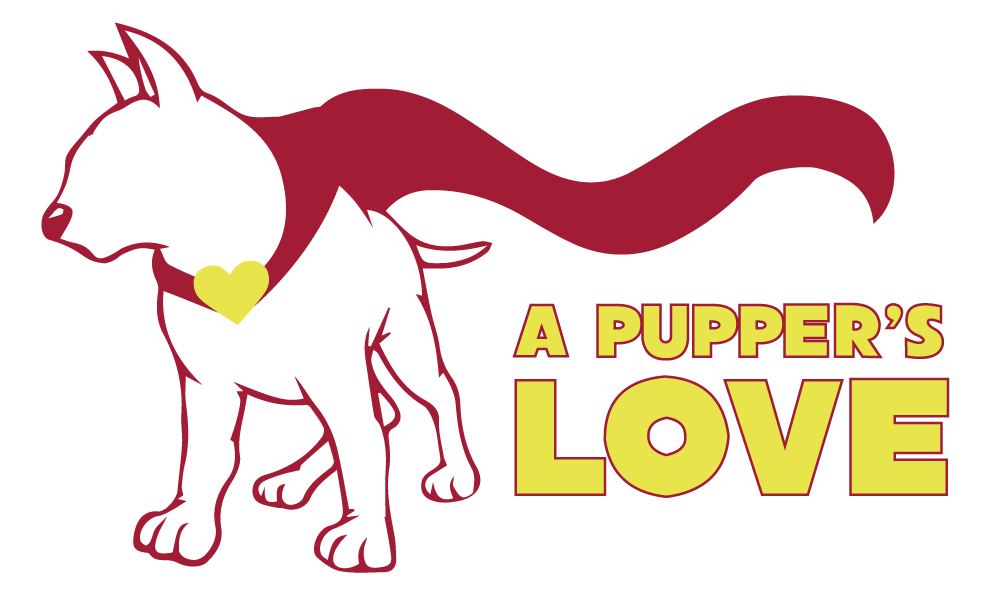
Guest article provided by: glampergear.com
Training a hunting dog is not just about teaching a set of skills; it’s about forging a bond with your canine companion that’s rooted in trust, understanding, and mutual respect.
Whether you’re a beginner or an experienced hunter, the path to training a hunting dog is both challenging and rewarding.
Fortunately, we’ll explore five essential tips that will guide you through this journey, helping you mold your dog into a remarkable hunting partner.
Understanding Your Dog’s Breed and Instincts
Every hunting dog breed comes with its own set of unique characteristics and instincts, tailored for various hunting scenarios.
For instance, the Labrador Retriever is renowned for its exceptional performance in waterfowl hunting, thanks to its innate love for water and strong swimming ability. Similarly, a Beagle is highly valued for its acute sense of smell, making it an expert in tracking scents.
Recognizing and utilizing these natural tendencies is a fundamental step in training your hunting dog.
To leverage your dog’s inherent skills, begin by delving into the specifics of their breed. This research will unveil their primary strengths and how these can be effectively applied in a hunting context.
For example—
- Labrador Retrievers. Exceptional swimmers with a soft mouth for retrieving waterfowl without damaging it.
- Beagles. Unmatched scent-tracking abilities, ideal for tracking small game.
- German Shorthaired Pointers: Versatile hunters, adept in both land and water environments.
- English Setters. Known for their ‘setting’ behavior, where they locate and silently point towards game.
- Bloodhounds. Possess an extraordinary sense of smell, useful for tracking over long distances.
Understanding these breed-specific traits is not just about improving hunting efficiency; it’s also about nurturing a harmonious relationship with your dog.
When training aligns with their natural instincts, it enhances their learning experience, making it more enjoyable and effective.
Building a Foundation of Basic Obedience
Before venturing into specialized hunting training, your dog must master basic obedience commands like ‘sit,’ ‘stay,’ ‘come,’ and ‘heel.’
This foundation is vital for their safety and effectiveness in the field.
Consistency is key in obedience training. Regular, short training sessions, coupled with positive reinforcement, build a strong bond between you and your dog, making them more receptive to advanced training later on.
Developing Hunting-Specific Skills
After establishing a solid foundation of obedience in your dog, the next step is to focus on cultivating hunting-specific skills. This is where the real fun begins.
These skills are important for a successful hunting experience and require careful and gradual training. This phase of training involves several key components, each designed to prepare your dog for real-life hunting scenarios—
Scent tracking.
- Begin with simple scent trails using treats or a scented rag.
- Gradually increase the complexity of the trails.
- Introduce natural game scents for realism.
Retrieving.
- Start with basic fetch games using dummies or decoys.
- Progress to retrieving in different terrains and water (if applicable).
- Train your dog to handle game gently.
Steadiness to gunfire.
- Start by introducing your dog to recorded gun sounds at a low volume.
- Gradually increase the volume and introduce distant live gunfire.
- Associate gunfire with positive experiences, like feeding or playing.
Each of these skills should be introduced progressively, ensuring your dog is comfortable and confident at each stage.
For instance, when training for scent tracking, start with short, simple trails and slowly increase their length and complexity. This not only builds their tracking ability but also boosts their confidence and enjoyment in the task.
Similarly, when training your dog to retrieve, begin with familiar objects like their favorite toy, then gradually introduce dummies or decoys.
This ensures a smooth transition to retrieving game. It’s important to encourage a gentle grip to prevent damage to the game.
Fostering Patience and Discipline
A great hunting dog is not only skilled but also disciplined.
Training your dog to remain calm and focused amidst the excitement of a hunt is essential.
This involves teaching them to stay steady and quiet until commanded to retrieve or track.
Patience and discipline are developed over time, often through repetitive and consistent training routines.
Rewarding calm and controlled behavior reinforces these traits, making them second nature to your dog.
Nurturing the Human-Dog Bond
The bond between a hunter and their dog is the cornerstone of successful hunting. When you’re hunting with man’s best friend, you two are partners attempting to achieve the same goal.
This relationship is built on trust, respect, and understanding.
Spend time with your dog outside of training sessions. After all, they’re still a pet and part of your family.
Engaging in activities they enjoy, such as hiking or playing, strengthens your bond and improves their overall well-being.
A happy, well-adjusted dog is more likely to perform well in the field.
You’re Ready to Train Your Hunting Dog!
Training a hunting dog is a journey that requires patience, consistency, and a deep understanding of your dog’s unique traits and needs.
By following these tips, you’ll be well on your way to developing a skilled and reliable hunting companion.
Although you’re anxious to get out there and start hunting with your pup, remember, the journey to that point is just as much fun as the destination. So love on your dog and enjoy the training with them.
